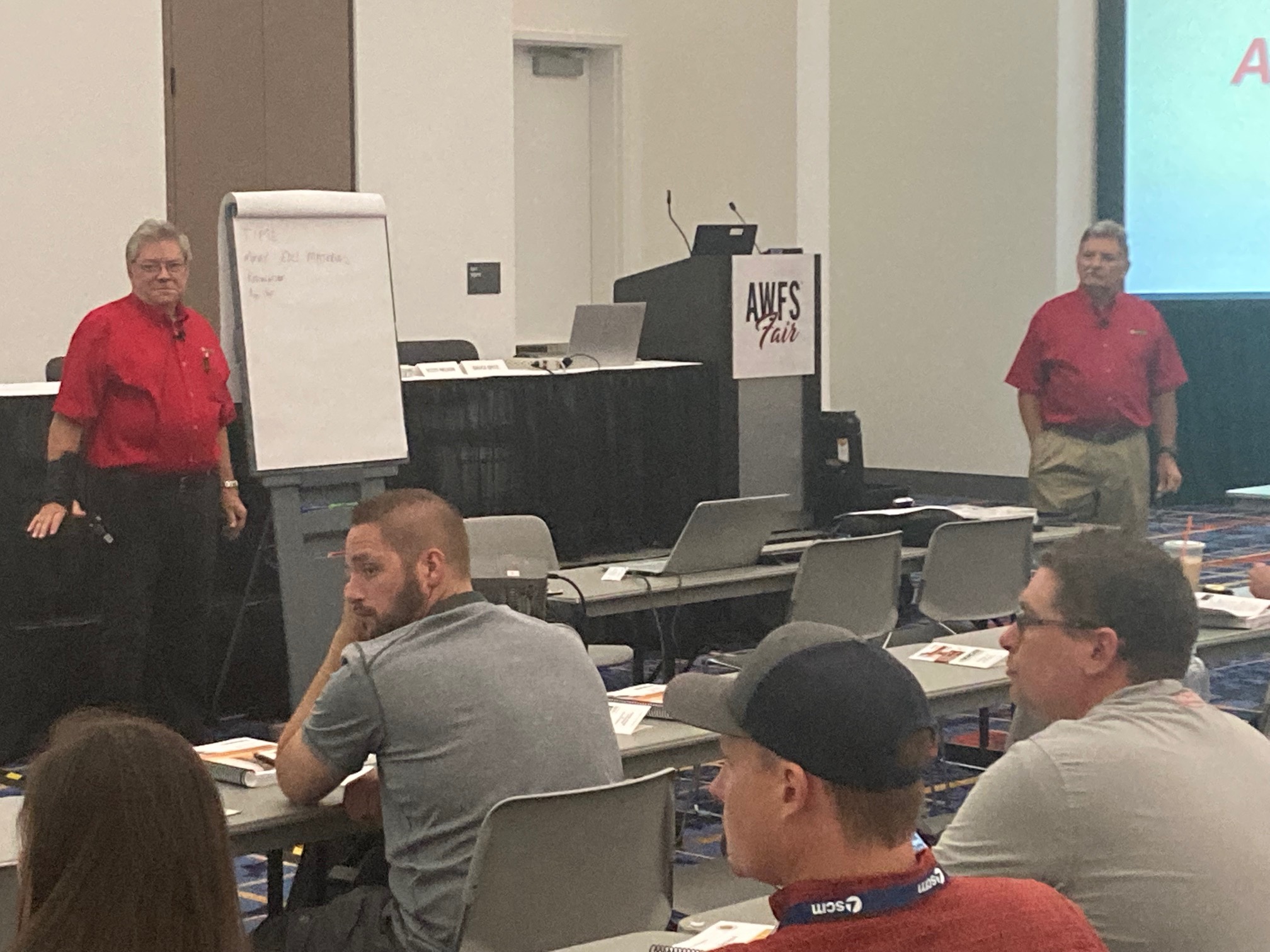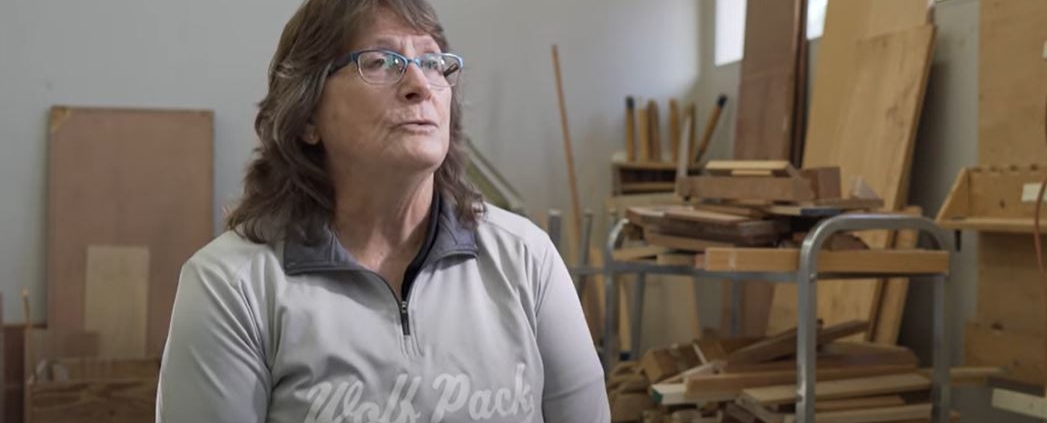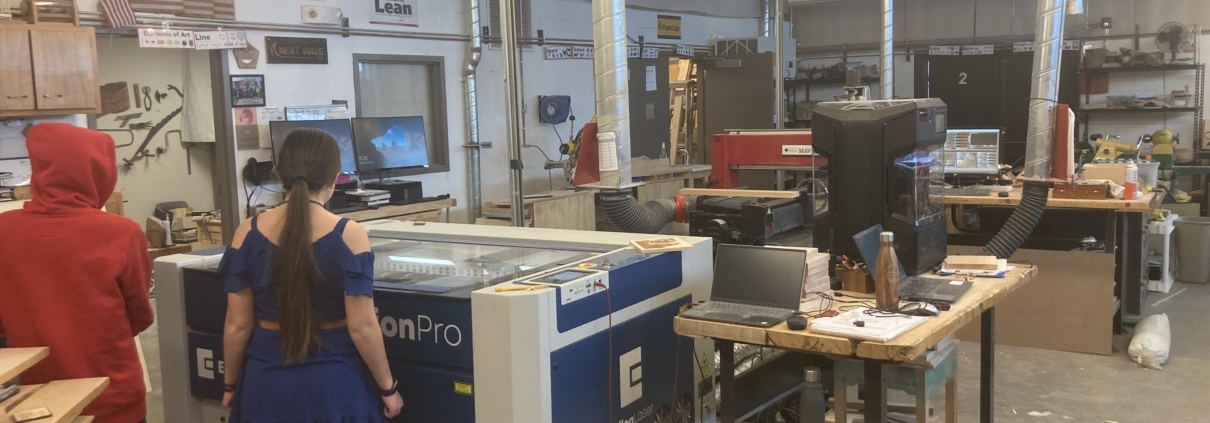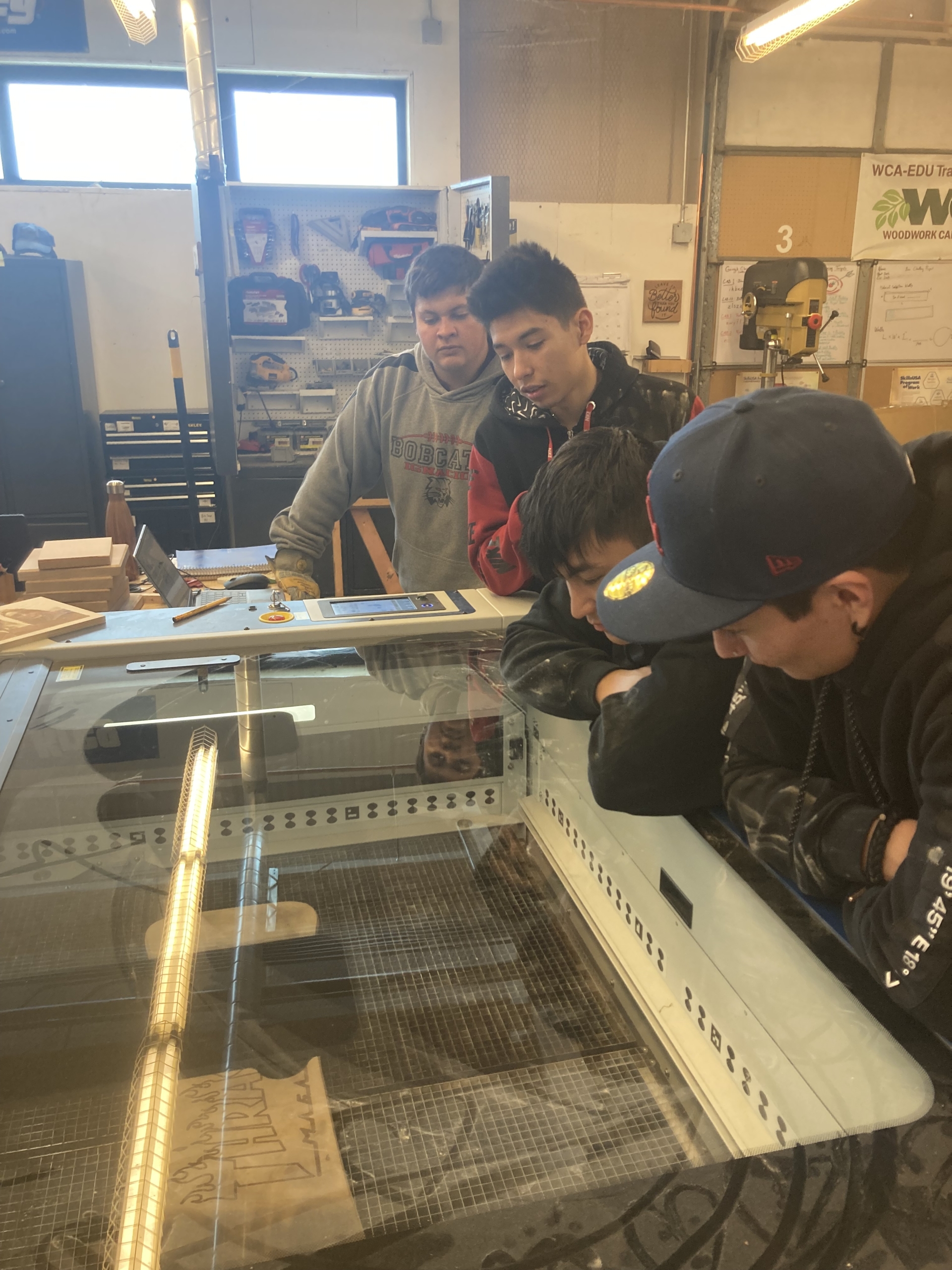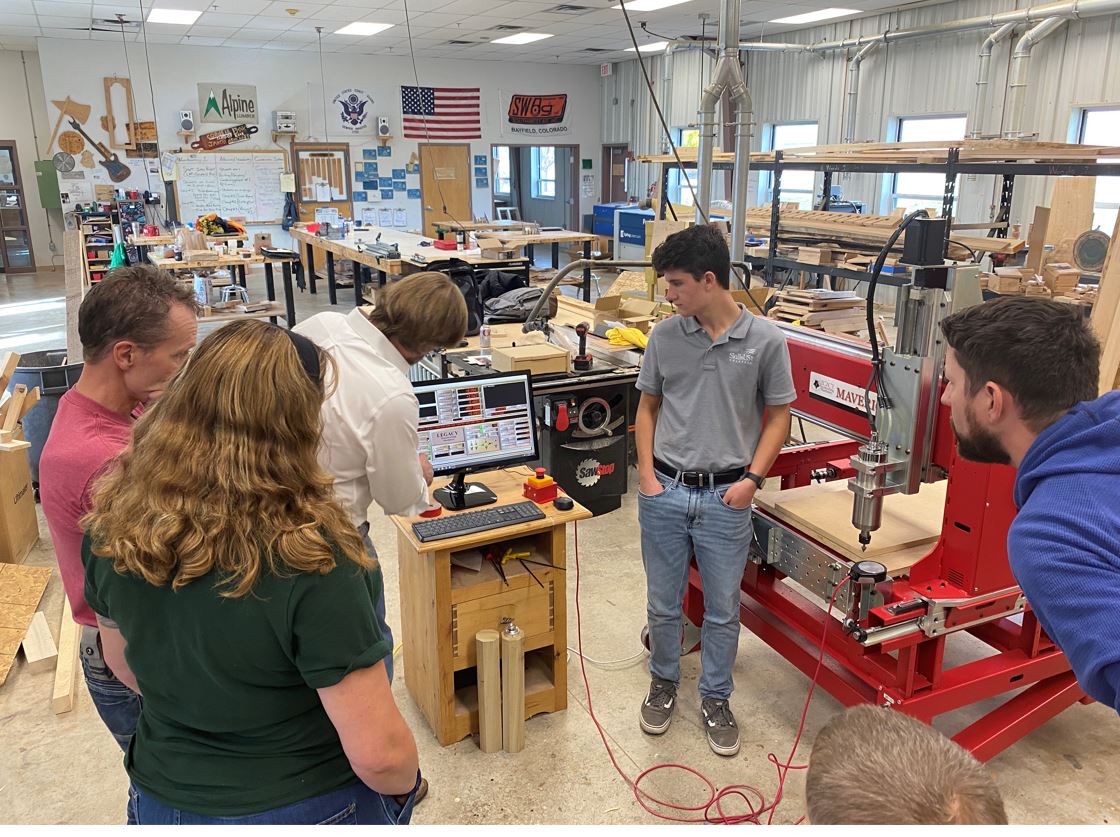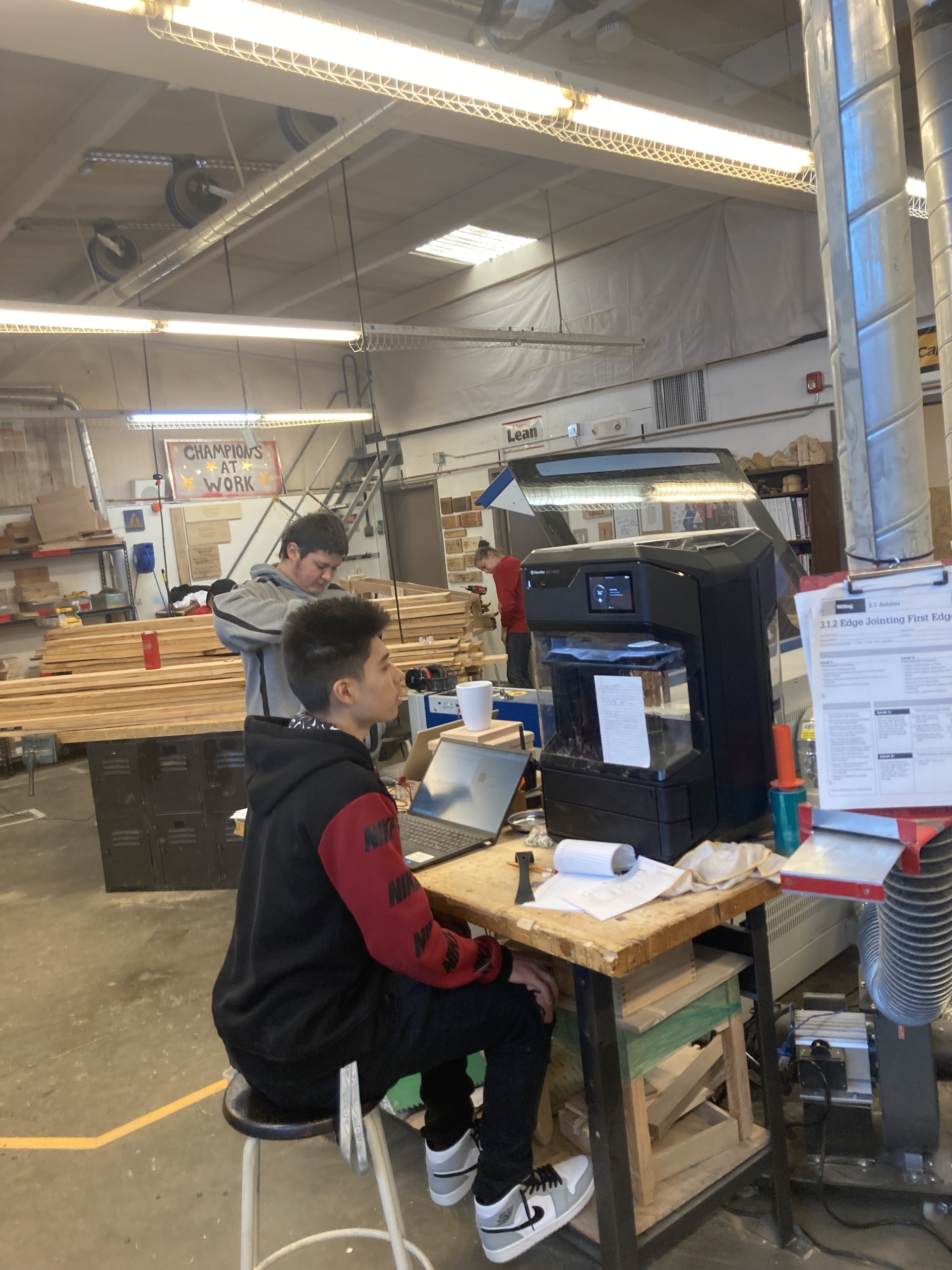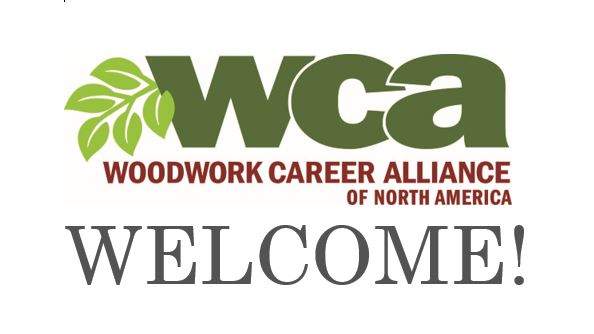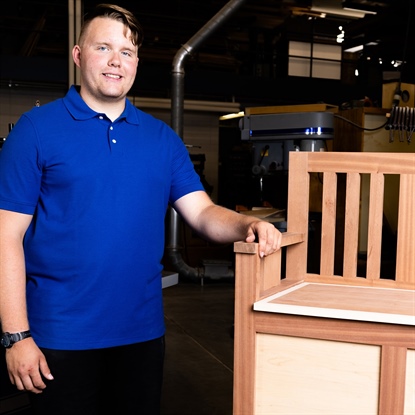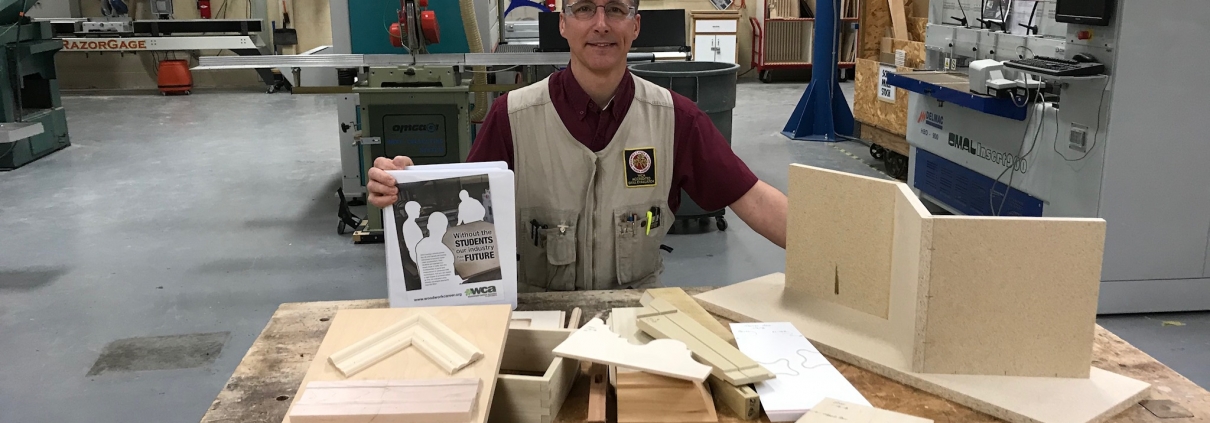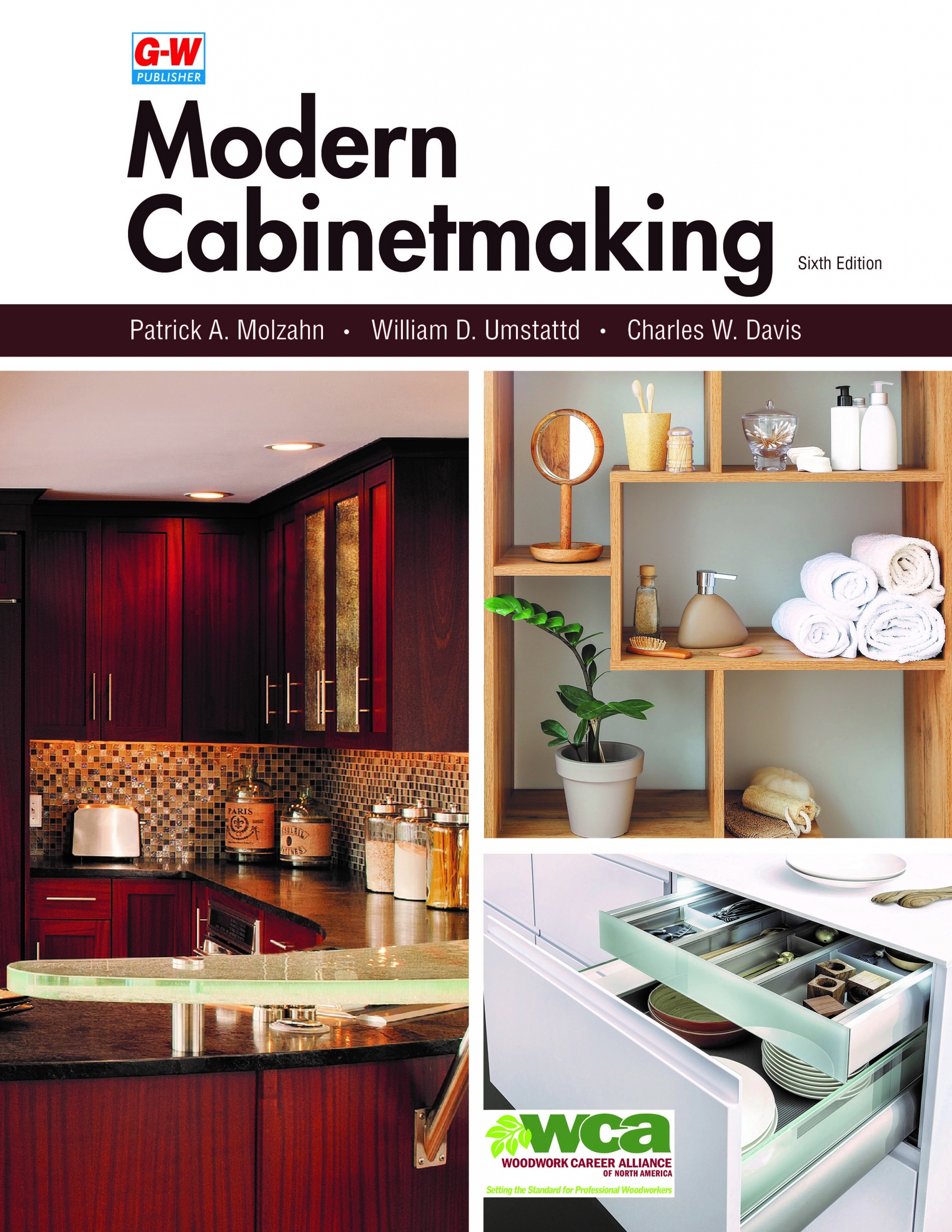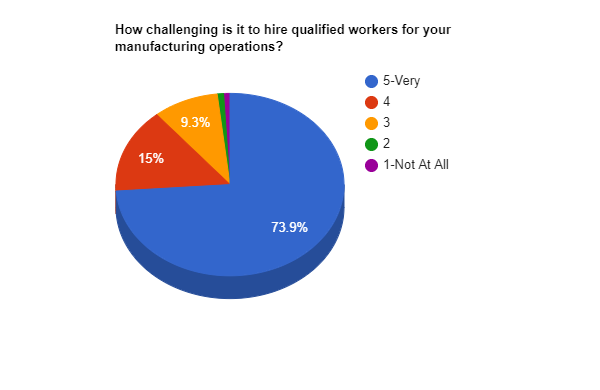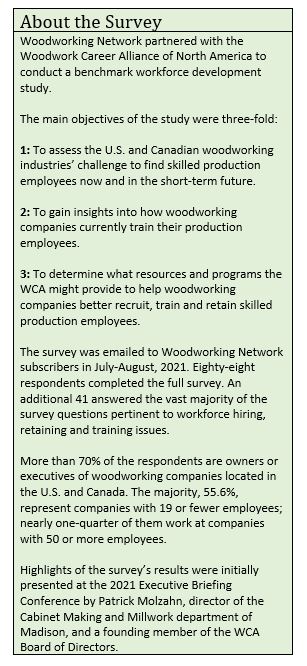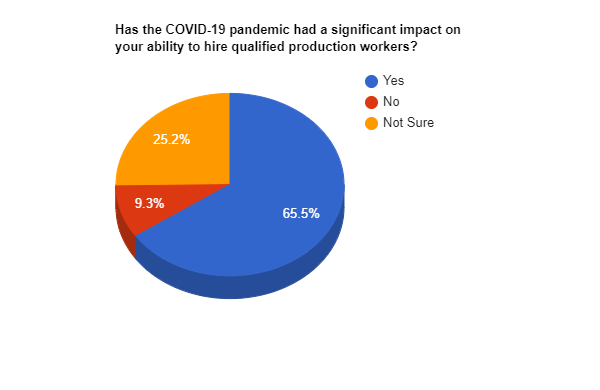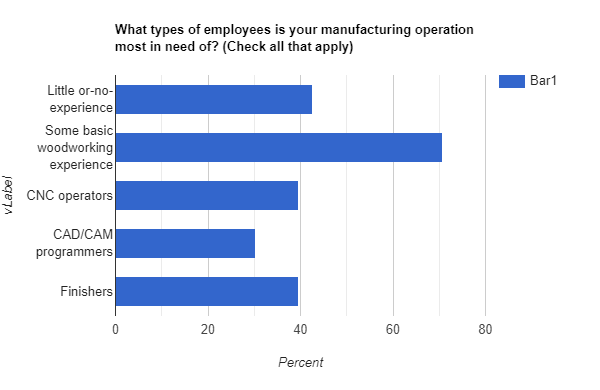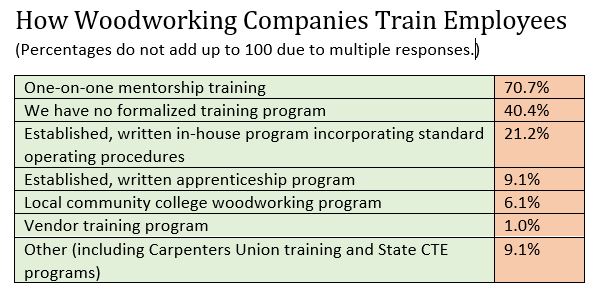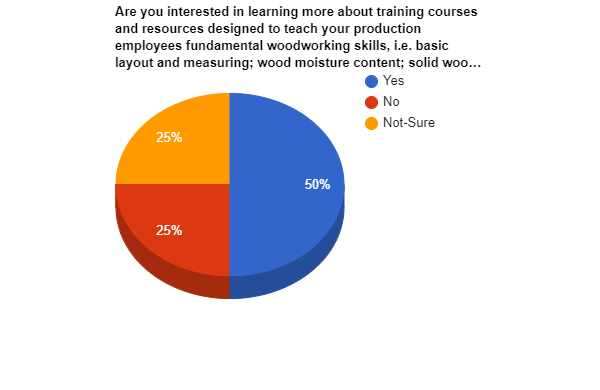
Ignacio High School students intently watch wood being engraved with an Epilog Fusion Pro laser.
Five rural school districts pool their resources to better prepare students for career opportunities in the trades.
The motto of the Southwest Colorado Education Collaborative (SWCEC) could be, “Share and share alike.”
Indeed, that might make for a great bumper sticker for the pull trailer that recently began shuttling industrial equipment from one school to the next for temporary use by students.
The non-profit Southwest Colorado Education Collaborative (SWCEC) was formed in 2020 via a $3.6 million dollar RISE (Response, Innovation and Student Equity) grant from the state to support K-12, higher education, and industry to build career and college pathways for students across rural Southwest Colorado. SWCEC currently executes this mission through two initial pathways, Environmental and Building Trades. Current members of the collaborative include five school districts: Ignacio, Bayfield, 9-R (Durango), Archuleta, and Silverton. plus two higher education partners: Fort Lewis College and Pueblo Community College.
SWCEC supports the building and articulation of these pathways through several core tenets including, supporting collaboration with schools across districts to share resources and knowledge, providing work-based learning opportunities that connect students, and industry and providing access to equipment and mobile learning labs that enhance the classroom experience. SWCEC used some of the grant money to help purchase new equipment to update or upgrade each school district’s woodworking shop based on needs and space. Several of the schools, for instance, just took delivery of a 36-inch Timesavers wide belt sander.
An overarching goal of the SWCEC is to prepare students for potential careers by aligning curricula with industry standards. Thus, in the case of woodworking, the collaborative has partnered with the Woodwork Career Alliance of North America.
TechEd on Wheels
More in keeping with the collaborative’s spirit of sharing, some of the grant proceeds paid for a compact Maverick Legacy CNC router, a MakerBot 3D printer, and an Epilog Fusion Pro laser, as well as the bumper pull trailer to transport the equipment from school to school on a scheduled rotation throughout the year.


Woodworking instructors participating in the Southwest Colorado Education Collaboration receive training on the Maverick Legacy CNC router that their programs share.
“We call it the manufacturing and fabrication lab,” said Molly Turner, woodworking instructor at Ignacio School District. “It started off at Bayfield High School and it just came to our school. This is the first movement of the lab, which is really exciting.”
While it is referred to as a lab, the trailer does not serve as a classroom. The equipment is instead unloaded and set up in each school’s woodshop upon arrival and then loaded back onto the trailer to haul to the next school in the rotation.
“We started out with the idea of a mobile classroom but the cost was astronomical. To add electrical and heating would have made the trailer more costly than the equipment it was going to house,” Turner says. “It seemed to make more sense to make space in our existing classrooms instead.”
Turner provides a brief run-down on how she plans to use each of the three pieces of equipment during their stints at her school.
Maverick Legacy CNC router: “I have a NextWave CNC Shark that we use all of the time. It’s a fantastic machine but only has a 2 x 2 bed. The Legacy is more of an entry-level industrial machine with a 3 x 5 table. My initial plan is to use it to machine all of the components for a class project like a box or small piece of furniture. We’ll do it as a lesson in production so the students can see how to use the machine to make the process of manufacturing easier. They’ll feed the machine, assemble the parts and detail the finished product to make it their own. We might make a few extra to either sell or donate to show off what we do in the shop.”
Epilog laser: “We already have a cool project lined up for the laser,” Turner says. “We’re collaborating with our English department. The students have identified bathrooms as a safe place where people go if they need a moment of quiet or if they are upset or depressed. The students are doing this campaign to create posters with uplifting quotes and images. We will produce them on the laser and the posters will be mounted in the bathrooms around the school.”
MakerBot 3D printer: “The 3D printer presents a learning curve, quite honestly,” Turner says. “I’ve never used one before so we are learning the basics such as the types of files and fillers to use. But I know there’s a lot of interest among the kids to try it out and see how it works. We’ll also be talking about uses in industry, like making prototypes and jigs in the shop. I see it having more practical use beyond just making trinkets.”
WCA Skill Standards Bridge Education Curricula with Industry Needs
Turner was largely responsible for bringing the WCA on board with the collaborative. Her woodworking program has been an active WCA EDUcation member for the last couple of years and she is a WCA accredited skill evaluator.

The MakerBot 3D printer is one of three pieces of industrial equipment that will make scheduled rounds among the five school districts belonging to the collaborative.
“Early on in our conversations I brought up the Woodwork Career Alliance as a great starting point for aligning our woodworking programs to industry standards and giving our students the chance to earn their WCA Sawblade certificates,” Turner said. “We worked closely with (WCA President) Scott Nelson to help develop our competency framework on different tools and expectations for safety.”
Looking ahead, the other four schools are expected to join the WCA and their instructors plan to participate in the WCA’s online training to earn their ASE credentials. “Things are moving a bit slower than we had hoped,” Turner says. “We’ve had a lot of COVID effect.”
Turner says the best part of the collaborative is the networking that has taken place between the woodworking instructors of the five school districts.
“The equipment is lovely but it’s the chance to work together with my peers that has been the most beneficial to me professionally,” she says. “Even if the grant were not to exist, I would still want to keep in contact with my colleagues. We teachers exist as silos a lot of the time in rural areas. I am the only woodworking teacher in my district and I teach both middle school and high school. It’s really been great to share our experiences and best practices with one another. We’re all trying to provide the best education that we can for our kids.”
“Everybody knows that the skills gap is there,” Turner adds. “I think that the success of the collaborative is partly because people are acknowledging that there is a need for the trades and that there is a need for people to learn these skills. A lot of students in our area are very interested and will probably end up with careers in the trade. Whether it’s woodworking, framing and construction, HVAC, or welding, the skills they learn in class are very transferable among the different trades. A lot of it is problem-solving, paying attention to details, and work ethic.
“We’re fortunate to have administrators who share the enthusiasm of seeking kids learning and growing and thriving by having access to a shop class. They see the potential of what might happen if we all work together on this by banding together and making our programs stronger collectively.”
Learn more about the Southwest Colorado Education Collaborative.
